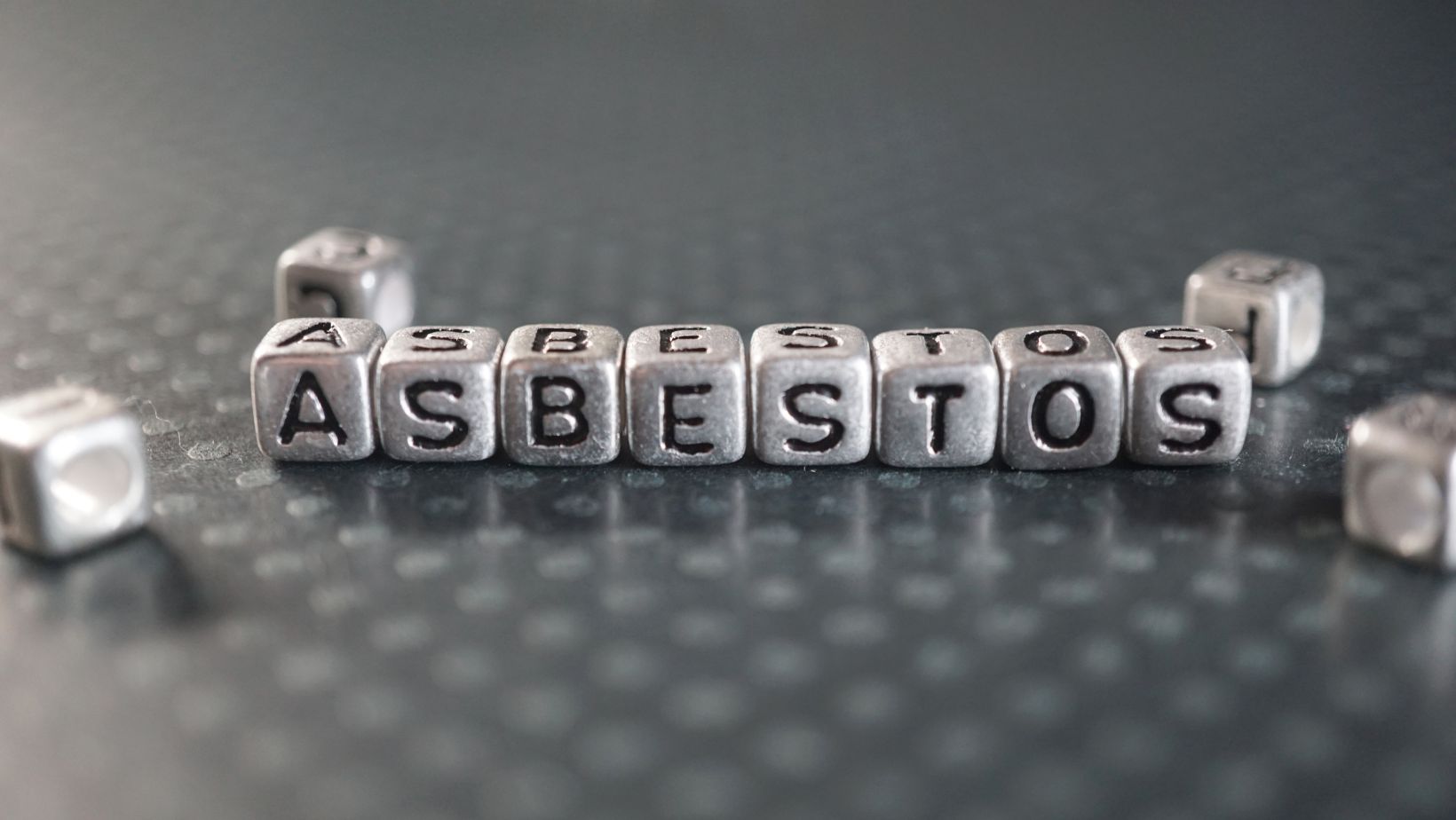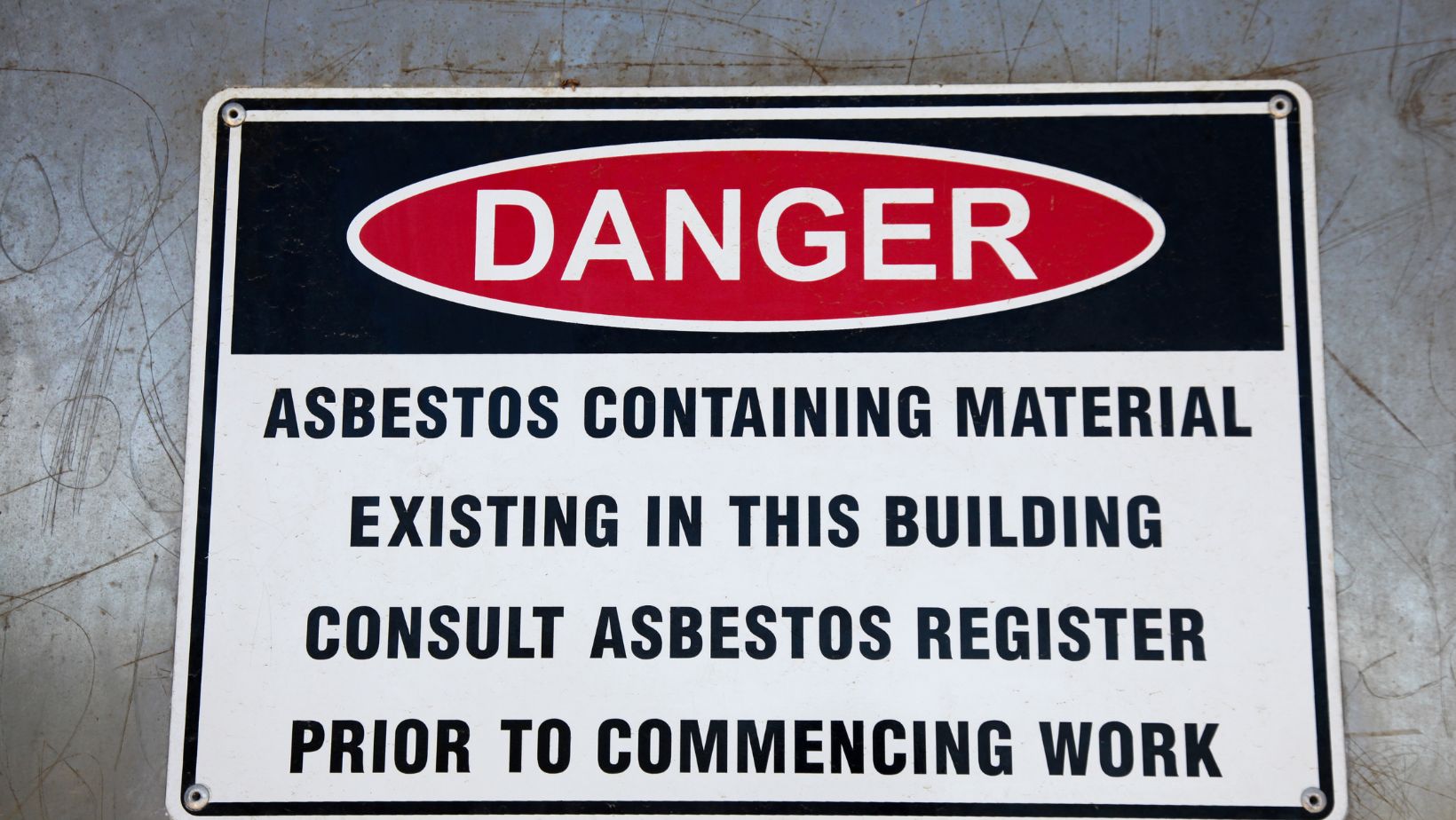
Asbestos has long been recognized as a hazardous material due to its association with respiratory diseases, including lung cancer and mesothelioma. Over the years, significant efforts have been made to understand the history and process of asbestos removal in order to protect human health and the environment. This article seeks to provide an overview of the opportunities and challenges associated with the history and current status of asbestos abatement.
Asbestos, a naturally occurring mineral, was widely used in construction and industries in the 20th century due to its heat resistance and durability. However, as early as the 1920s, concerns regarding its adverse health effects began to emerge. Studies linked asbestos exposure to respiratory illnesses, leading to bans on its usage in many countries, including the United States and the European Union, in subsequent years. When did asbestos start being used in homes, here is the full information below.
When Was Asbestos Used in Homes?
Asbestos was commonly used in homes and various buildings for much of the 20th century due to its fire-resistant and insulating properties. It was valued for its durability and versatility. Here are some key periods when asbestos was commonly used in homes:
- Late 19th Century to Early 20th Century: Asbestos began to be used more widely in construction materials around the late 1800s. It was initially used in products like insulation, roofing materials, and fireproof coatings.
- Mid-20th Century: Asbestos use in homes and buildings peaked during the mid-20th century, particularly from the 1930s to the 1970s. It was used in a wide range of materials, including insulation, pipe and duct insulation, flooring, roofing, textured ceilings (known as “popcorn” ceilings), drywall joint compounds, and more.
- 1970s to 1980s: Awareness of the health risks associated with asbestos exposure began to increase in the 1970s. This led to a gradual decline in its use. In 1973, the U.S. Environmental Protection Agency (EPA) issued the “Asbestos Ban and Phase-Out Rule,” but it was largely overturned by the courts in 1991. Despite this setback, asbestos use continued to decline due to increasing regulations and growing concerns about health risks.
- Late 20th Century to Present: Asbestos use has been significantly reduced in recent decades due to stricter regulations and increased awareness of its health hazards. Many countries, including the United States, have banned or restricted the use of asbestos in certain products. However, asbestos-containing materials may still be found in older homes and buildings.
The Process of Asbestos Removal:
The removal of asbestos involves a highly regulated and meticulous process to ensure minimal exposure and contamination. Popcorn ceiling removal can be an essential first step when renovating or removing asbestos-containing materials from older homes, as it helps eliminate a potential source of harmful fibers. Here are the key steps involved in asbestos removal:
- Assessment and Survey: Before any removal work begins, a thorough inspection is carried out by accredited professionals to identify the presence of asbestos-containing materials (ACMs). This assessment helps in determining the extent of the problem and the appropriate removal techniques.
- Containment and Isolation: Once ACMs are identified, the affected area is cordoned off and isolated to prevent the spread of fibers. Specialized equipment like negative air pressure machines and plastic sheeting are used to create a containment zone.
- Personal Protective Equipment (PPE): Workers involved in asbestos removal are required to wear personal protective equipment, including disposable coveralls, gloves, goggles, and respirators. This ensures their safety and prevents the inhalation of asbestos fibers.
- Safe Removal: The actual removal process can vary depending on the type and condition of the ACMs. In general, wet removal techniques are utilized to minimize the generation of dust and fibers. The ACMs are painstakingly removed, packaged, and sealed in designated containers for safe disposal.
- Decontamination and Clearance: After the removal is completed, the entire work area undergoes thorough cleaning and decontamination procedures. This includes wet wiping surfaces, HEPA vacuuming, and air monitoring. Clearance testing is conducted to ensure that the area is safe for re-occupancy.
Diverse Perspectives:
The issue of asbestos removal holds different perspectives based on various stakeholders.
- Public Health: Public health experts emphasize the importance of strict regulations and safe practices for asbestos removal to protect workers, residents, and communities from potential health risks. They believe that thorough education and awareness campaigns are necessary to ensure the proper handling and disposal of Asbestos Containing Materials (ACMs). When it comes to asbestos removal expert in Melbourne, it’s crucial to trust a certified and experienced professional. These experts possess the necessary knowledge and equipment to safely remove asbestos-containing materials from your property, ensuring the health and safety of everyone involved.
- Industry and Economy: From an industry and economic standpoint, asbestos removal can be seen as expensive and disruptive. Some argue that the economic costs associated with removal and remediation projects can be overwhelming for both private and public entities.
- Environmental Impact: Environmentalists highlight the significance of proper disposal to prevent asbestos fibers from entering ecosystems. They advocate for the development and promotion of alternative materials that can replace asbestos in construction and manufacturing processes.
In Conclusion:
Asbestos-containing materials played a significant role in the construction and industrialization of the 20th century. However, its negative health effects and associated regulations have ultimately reduced its use in recent decades. When evaluating asbestos removal, it is important to consider the perspectives of different stakeholders in the process, including workers, residents, and consumers. The performance of regulated industries also influences public perceptions about asbestos removal projects.







